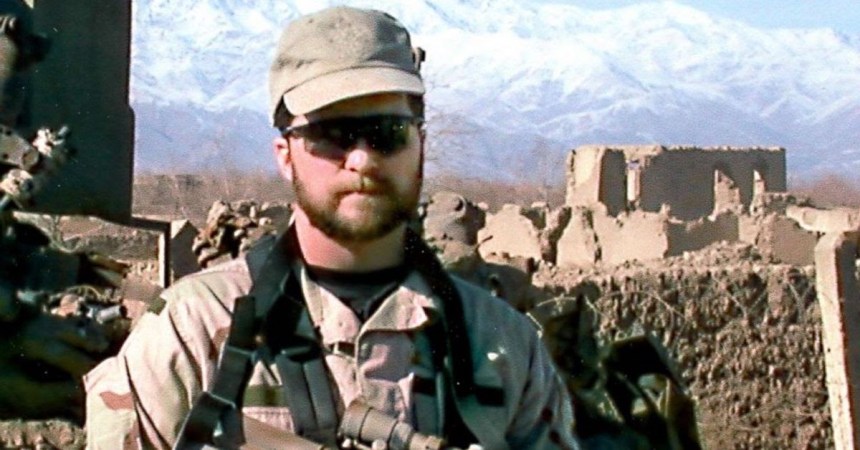Getting stuck behind enemy lines is a very real possibility during warfare, so the U.S. military puts service members through Survival, Evasion, Resistance, and Escape (SERE) training to increase the chances that troops will make it back to friendly lines safely.
1. The first step for troops who have gone down behind enemy lines is to escape their crash site. If they land in the water, their parachutes or vehicles could potentially drown them.

2. Once service members get away from their crash sites, they have to hide or destroy any equipment they can’t take with them. Many items are buried.

3. The survivors need to keep moving, getting as much distance as they can from where enemy patrols will search for them.

4. While on the move, escapees camouflage themselves with mud, grass, and other materials to make themselves harder to spot.

5. It’s not enough to simply move from the crash site, they have to plan a route to safety while avoiding areas of known enemy activity.

6. Personnel at risk of becoming isolated are given radios and a plan for signaling for help. They attempt to contact friendly forces at scheduled times.

7. After most attempt to establish contact, they’ll again move positions to reduce the chance enemies can track them down.

8. Troops are trained to overcome problems with equipment. Here, airmen practice using the “stick and shadow” method of determining compass directions.

9. Throughout all of this, survivors need water to keep going. It’s important to source water carefully and treat it with pellets, filters, or sunlight before drinking it.

10. For warmth and cooking food, it’s best to start a fire. While some fish and most plants can be eaten raw, fire is needed to prepare most meat and insects.

11. While a big fire can provide more warmth and light, survivors evading an enemy have to be careful that they don’t give away their position with the light or smoke.

12. Because hunting is risky, isolated personnel are expected to largely forage for food. Here, an airman picks pieces of grasshopper from his mouth after eating one.

13. In the event they run into enemy forces, troops are trained on how to overcome an adversary even if they’re caught without a weapon.

14. Once rescue forces are in the area, isolated survivors will signal them for pickup. Smoke looks cool, but troops commonly create signals with dead plants and brush on the ground.

15. At night, flares or infrared strobe lights that can only be seen with night-vision goggles are commonly employed. This gives the aircrew the pickup site’s exact location.

16. At the pickup site, rescue crews are ready for most contingencies. Combat rescue personnel like this one can dive into the water, drop into thick jungle, or fight their way to wounded personnel for recovery.











